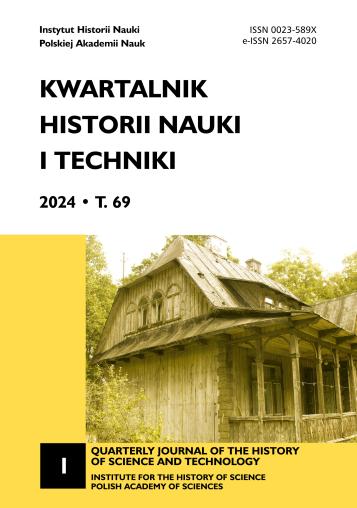Samochód dla Kowalskiego. Polaków drogi do masowej motoryzacji i codzienność motoryzacyjna w okresie 1971–1989
A Car for a Kowalski: Poles’ Path to Mass Motorization and Everyday Automotive Life in 1971–1989
Author(s): Hubert WilkSubject(s): History, Economic history, Ethnohistory, Social history, Recent History (1900 till today)
Published by: Wydawnictwo Uniwersytetu Jagiellońskiego
Keywords: motoryzacja; maluch (fiat 126p); samochody osobowe; Fiat; PRL
Summary/Abstract: The text aims to provide an insight into the everyday automotive life of owners of passenger cars during the last two decades of the Polish People’s Republic. The turning point of the 1960s and 1970s in the communist bloc countries marked a shift towards consumption, with a particular emphasis on individual motorization. In Poland, the new ruling team under Edward Gierek announced a significant increase in the production of passenger cars. The licensing agreement for manufacturing the Fiat 126p at the Passenger Car Factory was intended to be a milestone in the development of individual motorization. The people enthusiastically embraced the government’s plans, and there was a mass prepayment for the ‘maluch’ (Fiat 126p). Unfortunately, throughout the two decades discussed, it was impossible to meet the popular demand for this car fully. The altered sales system in 1981 failed due to production shortages, and the waiting period extended to even ten years. As a result, Poles turned massively towards car markets. Acquiring a car and its subsequent maintenance involved specific expenses. Therefore, the possibilities of obtaining and using a car were tied to a certain income level. The sharp increase in the number of cars significantly impacted leisure activities, especially the development of automotive tourism.
Journal: Kwartalnik Historii Nauki i Techniki
- Issue Year: 2024
- Issue No: 1
- Page Range: 77 - 106
- Page Count: 30
- Language: Polish

